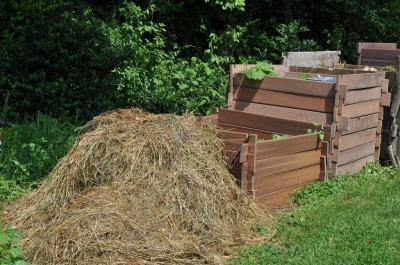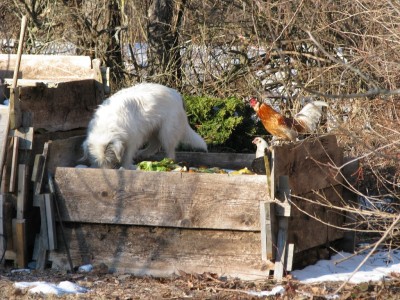YOGI WAS RIGHT
To Do List
“It ain’t over ’til it’s over” said Yogi Berra, and so says I. Yes, the outdoor gardening season is drawing to a close around here, but I have a checklist (in my head) of things to do before finally closing the figurative and literal garden gate.
Trees, shrubs, and woody vines can be planted as long as the ground remains unfrozen. To whit, I lifted a few Belaruskaja black currant bushes from my nursery row and replanted them in the partial shade between pawpaw trees. A Wapanauka grape vine, also in the nursery row, is now where the Dutchess grape — berries too small and with ho-hum flavor — grew a couple of months ago. And today a couple of black tupelos are moving out from the nursery row to the edge of the woods, where their crimson leaves, the first to turn color, can welcome in autumn each year.
Kale, lettuce, endive, turnips, radishes, leeks, and celery still grow in the vegetable garden, but many beds are vacated for the season. Any remaining old plants will become food for the compost pile and the cleared off beds will then get a one-inch dressing of crumbly, brown compost from a pile put together last year.

Freezing weather would burst the filter, pressure regulator, and timer for the drip irrigation system, so these components have been brought indoors. The rest of the system stays in place.
The drip system may now be out of commission but some watering may be needed. Occasional days with bright sunlight and warm mean hand watering. How primitive!
Planning Ahead, Soil-wise
Making compost for use next year, same time, same place, is also on my checklist. Especially today, so the compost creatures within the pile can take advantage of lingering warmth in the air to work overtime. A pile that gets hot cooks to death most weed seeds and pests that hitchhike into the pile on what I throw in. And I throw in everything, in spite of admonitions from “experts” to keep diseased or insect-ridden leaves, stems, or fruits out of compost piles.
So today, after loading horse manure, with wood shavings bedding, into my truck pitchforkful by pitchforkful, I drove home and unloaded everything pitchforkful by pitchforkful into my compost bins. Each bin got a lot more than a restricted diet of just the horse manure mix, though. I alternated layers of manure with mowings scythed from my small hayfield, wetting down each layer well and sprinkling occasional layers with soil, for bulk, and ground limestone, to counteract soil acidity.

Manure is not a necessity for good compost. The manure mostly is for nitrogen, one of the two main foods of compost microorganisms. Some of my piles get that nitrogen from soybean meal, an animal feed usually meant for creatures that you don’t need a microscope to see. Early in the season, young grasses and weeds, which are high in nitrogen, do the same. And truth be told, any pile of plant material, if left long enough, will turn to compost. The nitrogen helps the material chug along faster on its way to compost, and the faster the microbes work, the hotter it gets.
Winter Work for Microbes
I’ll be feeding my last compost pile of the season all winter long. Just a little at a time, mostly scraps and vegetable trimmings from the kitchen with occasional toppings of leftover hay. Adding stuff slowly to a compost pile doesn’t let enough critical mass build up for heat, and especially not in winter’s cold.

No matter. I just let piles that don’t heat up sit longer before I use them. It’s the combination of time and temperature that does in all the bad guys that hitchhike into my compost piles. So 1 hour at 140° F. might have the same deadly effect as a week at 115° F. My hot piles sit for a year before I use them; the cold piles cook longer. It ain’t over ‘til it’s over.

